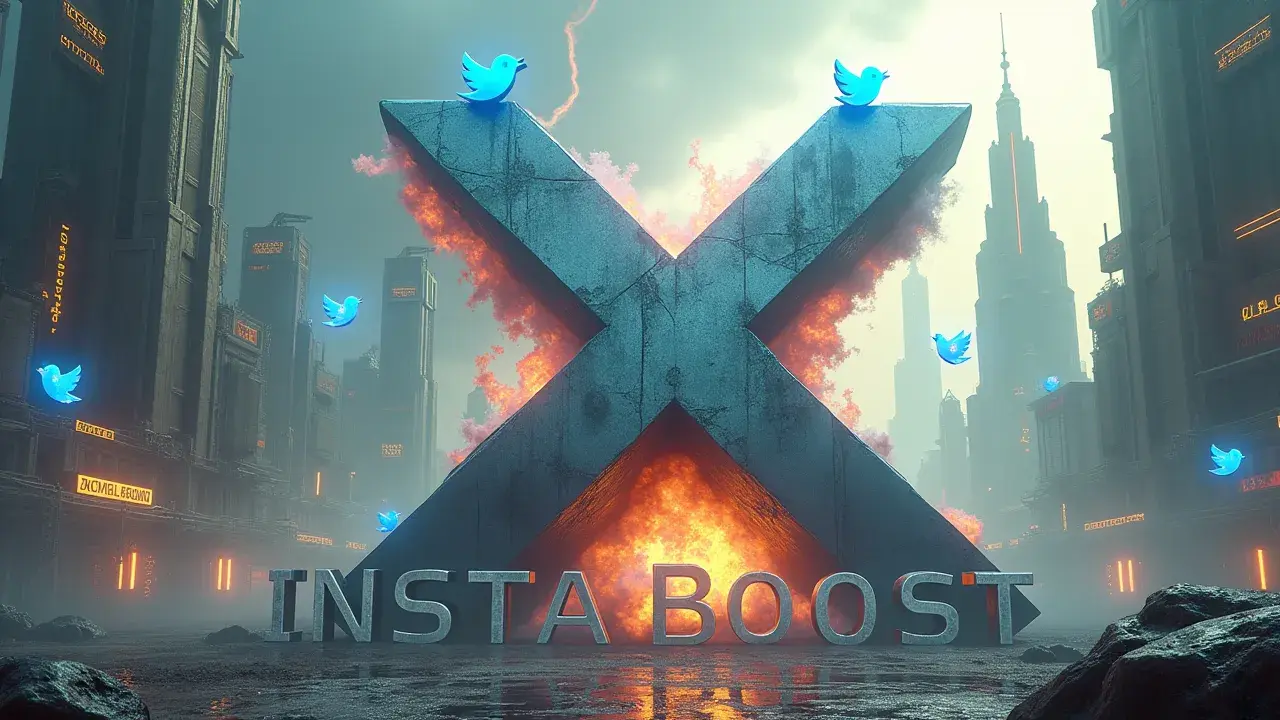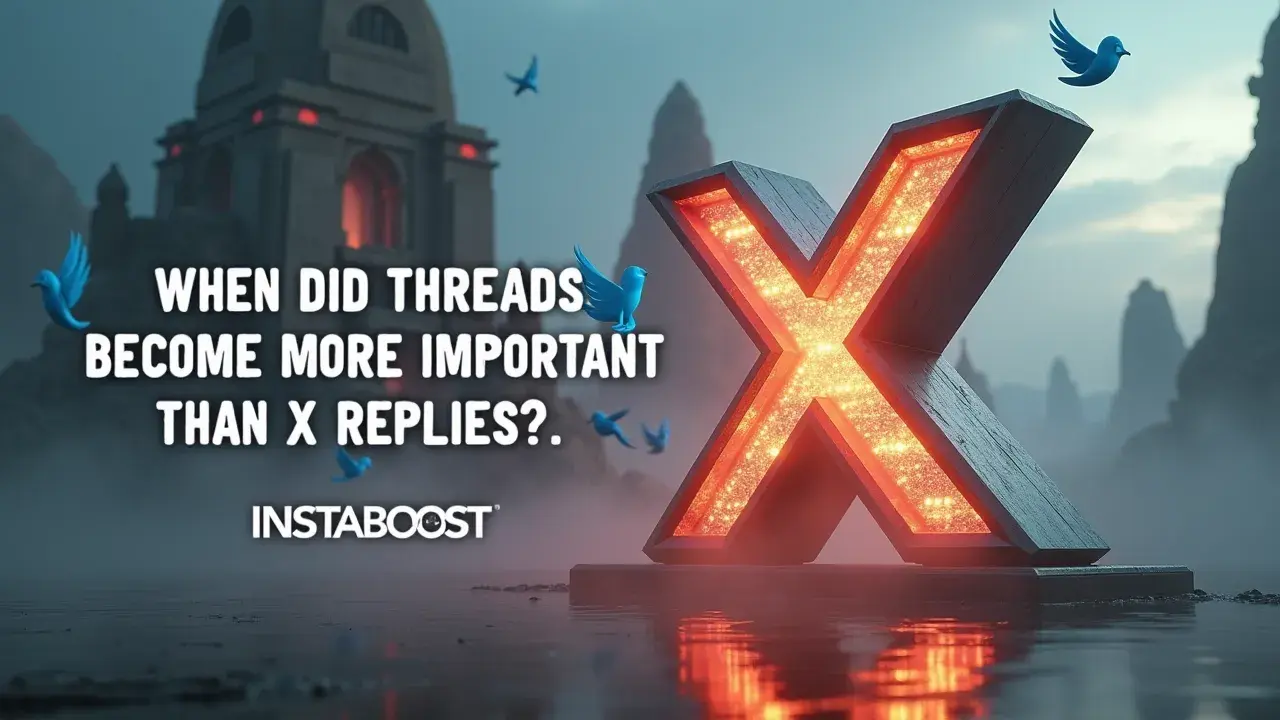When Did Threads Overtake X (Twitter) Replies in Influence?
Threads became more influential once extended, contiguous discussions started shaping attention more than isolated replies. As conversations clustered around evolving topics, multi-post sequences provided clearer context, continuity, and depth, which encouraged sustained engagement and visibility. This shift reveals a preference for structured discourse where ideas build over time, rather than fragmented reactions. Focusing on coherent topic progression and participant continuity is the smart path to harnessing these dynamics effectively.
From Conversational Back-And-Forth to Threaded Deep Dives
I remember when scrolling through X – back when everyone still called it Twitter – felt like you were dropping into a real conversation in progress. People replied fast, back and forth, and it almost felt like a group trying to puzzle something out together in real time. Now, though, the feel has changed.
What stands out most are those longer threads – single people posting detailed ideas in a series, sometimes over several screens. These posts seem to take up all the space, and you see them getting more traction than the quick replies ever used to. That’s not really an accident. The platform’s algorithm has shifted to promote these longer, original posts, and even though Elon Musk hasn’t spelled out exactly how it works, you can see the difference.
Regular, short replies are harder to spot, while those well-organized threads, which probably take some real planning (and sometimes even the help of advanced X tools), are the ones shaping what everyone talks about. For people who are building an audience or trying to share a point of view, this is a real shift.
Now, it matters less whether you can say something clever on the fly, and more whether you can hold someone’s attention and lay things out clearly. It’s something social media managers and creators have picked up on. Instead of chiming in everywhere, a lot of people now put their energy into creating threads that people will actually read all the way through. So the way ideas move around online is a little different than it used to be, and what counts as good engagement has drifted too.
Now, it matters less whether you can say something clever on the fly, and more whether you can hold someone’s attention and lay things out clearly. It’s something social media managers and creators have picked up on. Instead of chiming in everywhere, a lot of people now put their energy into creating threads that people will actually read all the way through. So the way ideas move around online is a little different than it used to be, and what counts as good engagement has drifted too.

Why Depth Outranks Drama
I’d rather know what’s real, even if it’s a little uncomfortable, than get swept up by a catchy headline. Watching how people talk on X now, it’s clear things have shifted. Once, the replies felt like the place where people tried things out – it was quick, a bit messy, and sometimes you’d see someone really thinking through an idea as they typed. Now, with the way the platform boosts longer posts, threads have taken over. There’s a kind of reassurance in seeing someone explain themselves step by step, even when it means seeing where they’re uncertain or still working something out.
It’s different from those sharp one-liners that explode in popularity but don’t have much behind them. Threads let people lay out where they’re coming from, give context, and actually try to make a case for what they believe. Sometimes, you’ll notice people talking about things like how easy it’s become to purchase followers on X, but that only makes the value of genuine conversation stand out more.
When something new happens on the app or a topic blows up, I usually end up reading a thread if I want to understand what’s really going on, not the back-and-forth in replies. The best ones are more than informative – they change how people think about what it means to actually know something online, and they make it tougher for empty opinions to get mistaken for real insight. If you care about earning respect or finding real conversations, the shift to threads means people have to think a little harder about what they’re sharing. It’s less about posting all the time, more about whether what you’re posting holds up when someone actually reads it through.
Why Threads Became Social Media’s New Power Move
A good strategy often goes unnoticed, but it’s what keeps things running. The shift from quick replies on X to longer, more detailed threads didn’t come out of nowhere. It happened because people – creators, brands, anyone trying to be heard – started to pay closer attention to how social platforms actually hold our attention. When replies were the main focus, the fastest responders got seen the most because that’s what the algorithm wanted.
But as more people started looking for conversations that went deeper than a one-liner, the voices that took their time began to stand out. A well-thought-out thread can last for days in someone’s feed. People save them, pass them around, come back to them later, while the quick replies fade out soon after being posted. Threads aren’t just about putting your name out there. They give you a chance to explain your thinking, share a story, or lay out an argument bit by bit. If you want to actually be part of what people are talking about on X – or even get the algorithm to work in your favor – it helps to know how to build your ideas across a thread.
Even apps like INSTABOOST are paying more attention to longer posts now, because they see that people remember stories and explanations more than quick comments; it’s kind of like how posts that boost likes on X tend to stick around too. It’s something to keep in mind: in a feed that moves this fast, the slow work of threading your thoughts together ends up meaning more.















